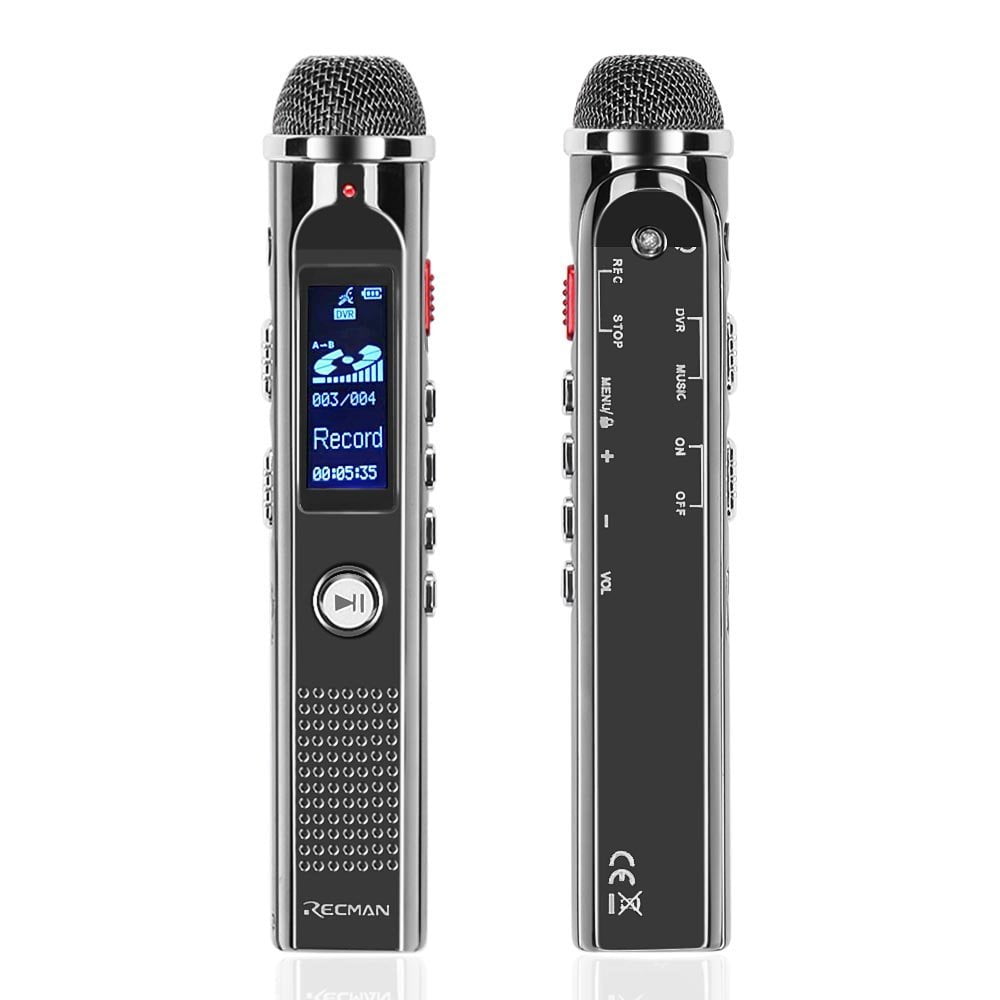
But, in total, you’re still taking 88,200 samples.Īs you have double the signal to capture, you’ll need to double the sampling rate to 88.2 kHz. The common sample rate of 44.1 kHz (44,100 samples per second) is high enough to capture the frequencies within the threshold of human hearing.īut If you’re looking to record a stereo signal, recording at 44.1 kHz will not do unless you record each channel individually and pan them.

Furthermore, it requires more processing power of your computer too.Īs we’re taking more samples we’ll need more disk space to store them, and a processor that can handle the job.Īnd a big audio file is counterproductive if you’re looking to stream it across the internet! Recording at a higher sample rate leads to a bigger audio file. But that doesn’t mean it’s always such a great idea to use a higher sample rate. The higher your audio resolution is, the better quality the audio is. By taking more samples per second, you are going to get a digital signal with a higher audio resolution. Moreover, the sampling rate of 44.1 kHz means we’re taking 44,100 samples of our audio per second!īelow is a list of the common sample rates:ĭoes a higher sample rate mean a better quality recording? Using the most common sampling rate, an audio sample rate specification looks like this: 44.1 kHz. We measure the sampling rate in kilohertz (kHz). In other words, a high enough sampling rate allows us to capture every detail of the original sound. Then we can reconstruct the resolution of the original sound wave. That’s because we have taken enough samples! However, it’s in the third example that the digital result is as smooth as the original audio. In the second example, our digital result is much better and looks a lot smoother. In the first example, you can see that we have a poor digital result because our samples are not frequent enough. We must take thousands of samples of our original audio if we want to reconstruct it perfectly. More specifically, a sample is a measurement of a sound wave’s amplitude (signal strength).ĭigital system like an audio interf ace takes thousands of individual samples that record the amplitude of a soundwave at specific times to reconstruct it digitally. Let’s get to the bottom of sample rates, shall we?Ī sample is a snapshot measurement of a soundwave.

What is analog to digital conversion (ADC)?.



 0 kommentar(er)
0 kommentar(er)
